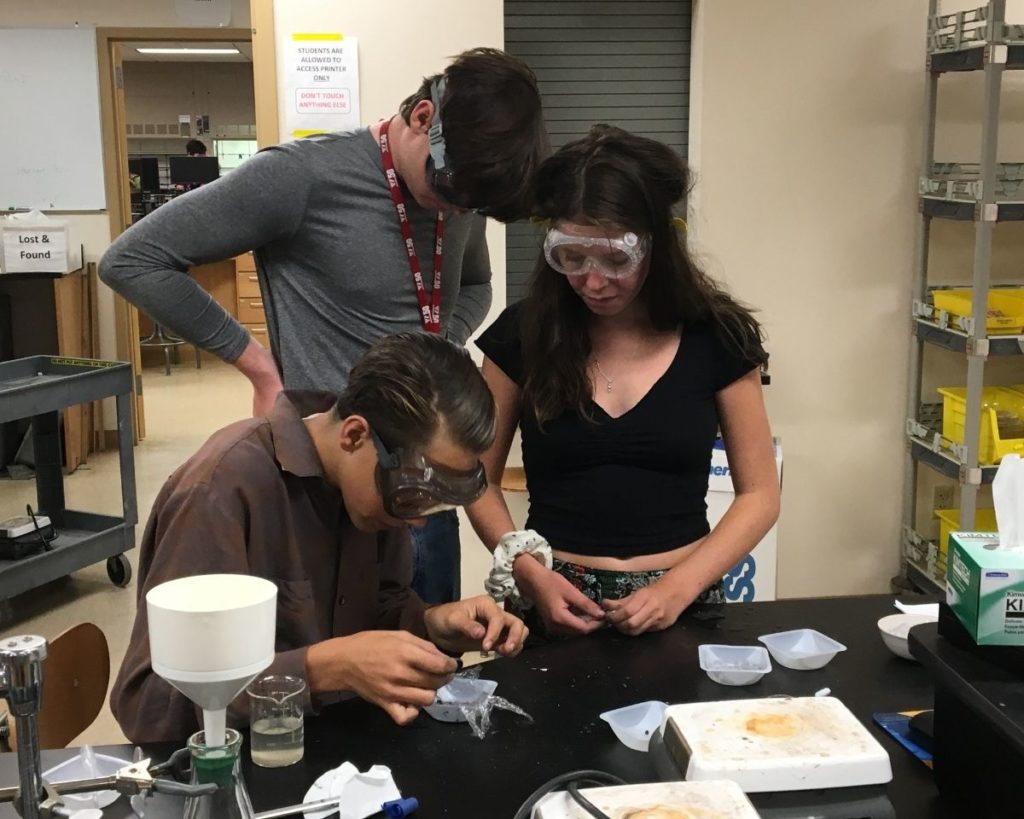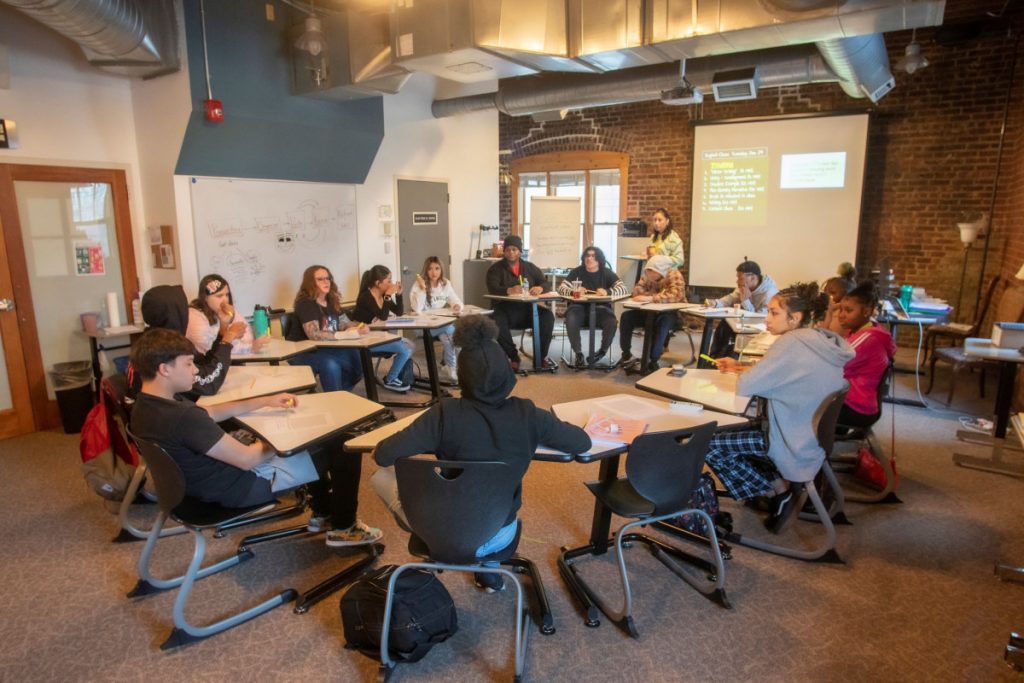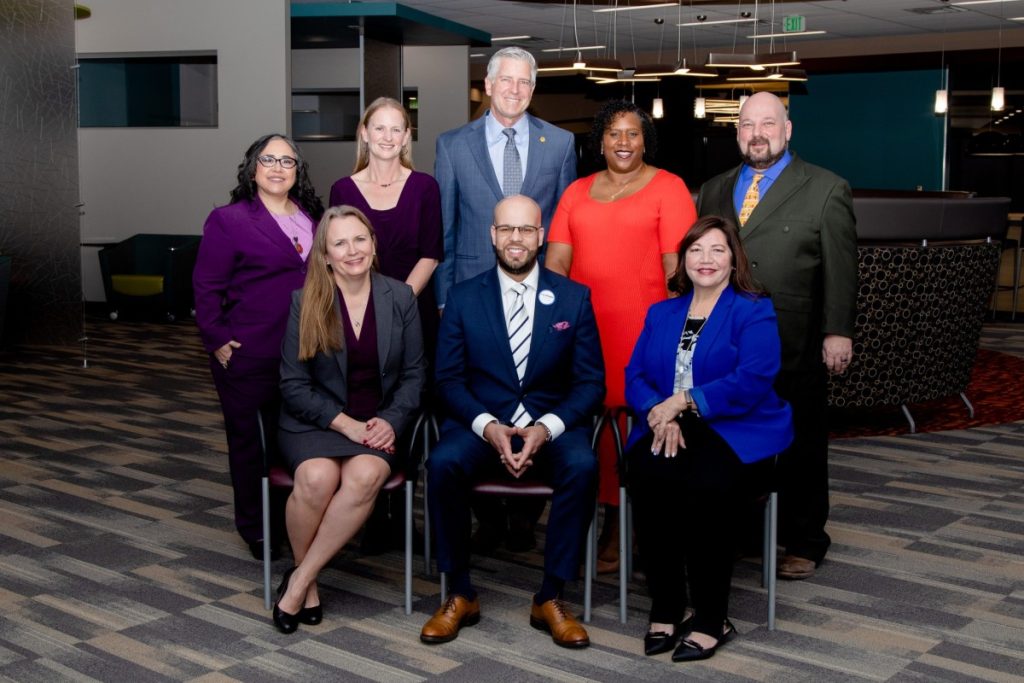Editor’s note: This article was written by Peter Mason, vice president of Communications at the Colorado League of Charter Schools, a membership organization representing the interests of Colorado’s 266 public charter schools serving 131,000 students. Peter has worked in education and nonprofits as an educator, leader, and fundraiser for more than 20 years.
The COVID-19 pandemic has been difficult for everyone, but it has been especially hard on our children, and in many different ways.
Prior to COVID-19, for example, we were already seeing dramatic and concerning trends related to children’s mental health, and the pandemic has only exacerbated those concerns. In fact, earlier this year, Children’s Hospital Colorado declared a youth mental health state of emergency after seeing a striking increase in demand for behavioral health treatment.
In addition to mental health challenges, studies are now giving us a clearer picture of just how much damage was done to student learning throughout the pandemic. Test scores show historic drops in student learning across the country, resulting in a decline that could impact an entire generation of students if we don’t come together to find ways to reverse this trend.
The National Assessment of Educational Progress (NAEP) has tracked long-term academic achievement trends since the 1970s, and it is widely considered to be the “nation’s report card” when it comes to student learning. Its latest results show shocking declines in reading and math proficiencies among 13-year-olds, so much so that Peggy Carr, the associate commissioner in the assessment division of the National Center for Education Statistics, did a double-take when first reviewing the results.
“All of these results are concerning, but the math results were particularly daunting, particularly for 13-year-olds,” Ms. Carr told U.S. News & World Report recently. “I asked them to go back and check because I wanted to make sure (the results were accurate). I’ve been reporting these results for years – for decades – and I’ve never reported a slide like that.”

There has never been a more important time than now to re-evaluate our approach to education. We owe it to our children and families to embrace systemic change, not just incrementalism. And we must embrace an approach that gives our children the best future possible.
Mike Miles, CEO of Third Future Schools, shared a stark vision for the future if we continue to take small steps that only create the appearance of change.
“Public education is not going to make it,” Miles recently told participants at a Colorado education conference. “The kids in the system right now – 51 million kids – over half of them will not reach the year 2030 being able to read or do math at grade level. Our school systems are failing because we try to accomplish big things by making incremental changes. Incremental changes, though, don’t actually change the system.”
Charter schools across Colorado are working to deliver the systemic change that can reverse the negative trends of the past 20 years. Charter schools exist in our state because we know that students benefit when they and their families are given a choice of school options to best meet a student’s individual needs.
Our students aren’t all the same, and our schools shouldn’t be either. Free and open to all, Colorado public charter schools allow students to find the type of school where they have the most opportunity to succeed. Beyond more traditional school settings, this could also be schools that focus on arts, science and technology, trade skills and more.
This student-centered approach is part of the reason that public charter school students perform so well. Despite receiving less funding than traditional public schools, students at public charter schools perform better in core subjects like English and math. Public charter schools also consistently return smaller achievement gaps for students with special needs, students in poverty and students of color. These are just a couple examples of why eight of the Top 10 public high schools in Colorado are charter schools, according to U.S. News & World Report.
All students deserve access to high-quality public schools, regardless of where they live or their background. By closing achievement gaps, public charter schools have given thousands of Black, Latino, and low-income students in Colorado more opportunities to graduate high school and attend college.
Public charter schools in Colorado have delivered a roadmap for improving the quality of both the educational experience and the outcome for our students. We must prioritize what is best for our kids – not what is best for a school organization or its administrators.
Students are the number one focal point. Each one. And that means creating a diversity of quality options across the entire education ecosystem. We can’t “one-size-fits-all” our way out of this pandemic or out of our educational woes in public schools.
We must embrace an ecosystem-wide approach today that allows us to improve academic performance, not just school by school, but district by district and state by state. And to accomplish that, we must focus on each student while making large-scale change related to quality and educational options. Fortunately, that roadmap already exists. All we need now is the wisdom and commitment to follow it.




